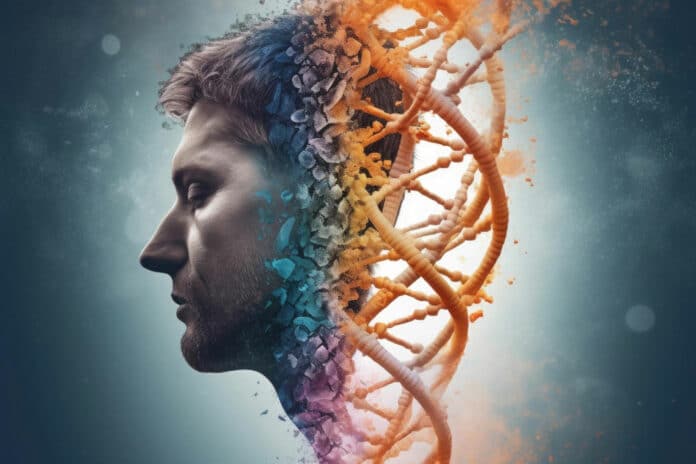Researchers at the University of Pittsburgh and KU Leuven found a group of genes that affect the shape of human heads. They shared these discoveries in a recent article in Nature Communications. This information helps us understand why people have different head shapes. It also gives us clues about genetic reasons for conditions that impact the skull, like craniosynostosis.
The team looked at measurements of the cranial vault, the part of the skull at the top that covers and protects the brain. They discovered 30 areas in our genes linked to various aspects of head shape, with 29 of them not known before.
Co-senior author Seth Weinberg, Ph.D., professor of oral and craniofacial sciences in the Pitt School of Dental Medicine and co-director of the Center for Craniofacial and Dental Genetics, said, “Anthropologists have speculated and debated the genetics of cranial vault shape since the early 20th century. We knew from certain rare human conditions and animal experiments that genes play an important role in vault size and shape. However, very little was known about the genetic basis for typical features in the general population, such as what makes someone’s head long and narrow versus short and wide. This study reveals some key genes driving variation in this part of the human body.”
Researchers, including Weinberg and his team, used scans from over 6,000 teenagers to understand the 3D shape of the cranial vault (the top part of the skull protecting the brain). They broke the vault into smaller pieces and tested over 10 million genetic variations to see their connection to head shape.
Unlike more straightforward measures used in previous studies, this detailed approach helps capture more biologically relevant features. Understanding these factors not only aids in studying human evolution but also provides insights into the early development of modern humans.
Researchers made a significant discovery: many strong genetic connections are close to genes that play crucial roles in early head and face formation and bone development regulation. For instance, variations in or near the RUNX2 gene, vital for skull development, were linked to various aspects of head shape.
Some genes, like RUNX2, affected the entire skull, while others had more localized effects, influencing specific parts like the central forehead.
When studying the 30 genetic regions related to head shape in people with European, African, and Indigenous American ancestry, the researchers found that most genetic links were similar across these diverse groups.
Even though the study focused on healthy individuals, the findings could offer essential insights into the biological reasons behind diseases related to the cranial vault, according to Weinberg.
Craniosynostosis is when the skull bones fuse too early, affecting the growing brain. Without surgery, it can lead to permanent disfigurement, brain damage, and even death. The team found that genes linked to head shape, such as BMP2, BBS9, and ZIC2, were also associated with craniosynostosis. This suggests that these genes might be involved in developing the disease.
The study was possible because of publicly funded resources, according to Weinberg. The original focus was on understanding brain development and behavior. However, by creatively using these resources, the researchers expanded their discoveries beyond the initial scope.
In conclusion, the recent study on the genetics of human head shape conducted by researchers at the University of Pittsburgh and KU Leuven represents a significant leap forward in understanding the intricate factors influencing head morphology. Identifying essential genes, such as RUNX2, associated with head shape variations provides valuable insights into natural diversity and potential genetic factors underlying conditions like craniosynostosis.
The study’s innovative approach, leveraging publicly funded resources, not only contributes to the broader field of human genetics but also has implications for paleoanthropology studies and medical conditions related to cranial development. This research marks a crucial step toward unraveling the complexities of human genetics and its impact on physical traits.
Journal reference:
- Goovaerts, S., Hoskens, H., Eller, R.J. et al. Joint multi-ancestry and admixed GWAS reveals the complex genetics behind human cranial vault shape. Nature Communications. DOI: 10.1038/s41467-023-43237-8.
